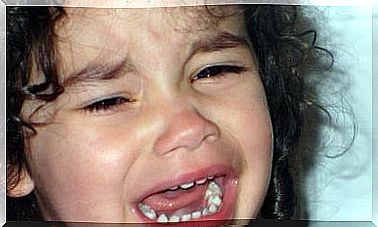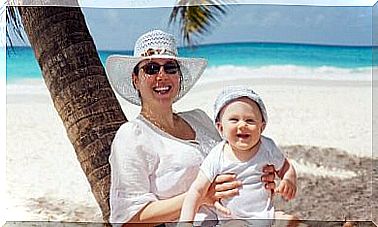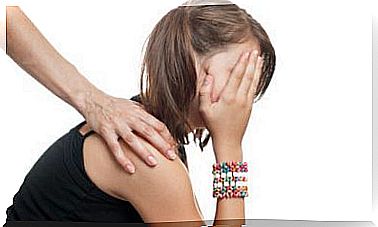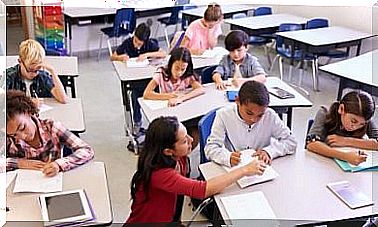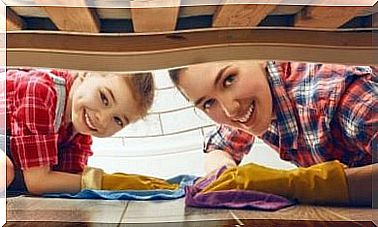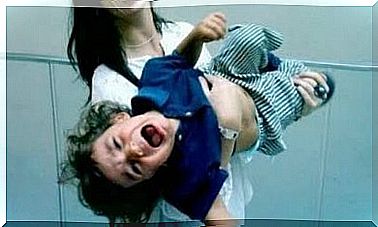How To Teach Children To Ride A Bike
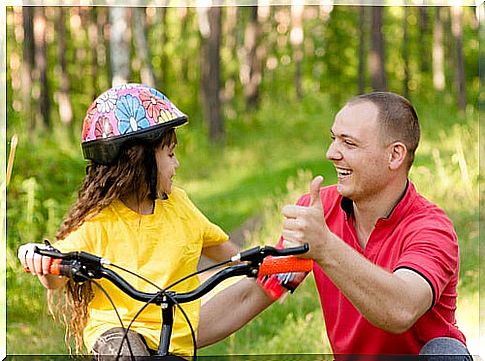
Learning to ride a bicycle is a very common goal among children around the world. Likewise, teaching little ones to ride a bicycle is also a purpose of many parents. You don’t have to be a professional cyclist or have specific skills to teach kids how to ride a bike. In this article, we’ll tell you all about how to do this.
All it takes is for the children to be a little prepared and for you to have the time and desire to teach. So, surely you will quickly be able to overcome this challenge.
The ideal time for a child to learn to ride a bicycle will depend, mainly, on the development of their motor skills. It is usually possible to start when the child is three years old. At this point, she already has the necessary skills to maintain her balance and be able to pedal.
There are children who do it sooner, as well as others who can take a little longer. The important thing, however, is that your child wants to learn and that you can be a source of motivation.
At the same time, ideally, children should learn to ride a bicycle before reaching the age of six. From that age onwards, they begin to be aware of their fears, which can make this task more difficult.
How to Teach Children to Ride a Bike
First, let’s list the requirements to count on:
- Safety equipment: helmet, knee and elbow pads. That way, if the child falls – which he probably will – he won’t get hurt.
- A child’s bicycle of suitable size for the child’s height.
- A spacious place, free from obstacles and people in which the child is free to cycle.
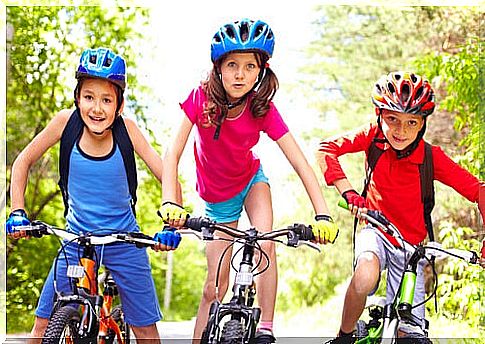
Characteristics of a good children’s bike
1. Correct size
The size of the bicycle must be suitable for the child’s height. But how do you know if the size is right for your child? He should be able to touch the ground with the balls of his feet while sitting on the bench. In this way, you will provide security for the child, which will facilitate the learning process.
2. Good brake system
Another very important point is the brake system. They should be soft but efficient, so your child can brake without any problem when he feels the need. In general, in the beginning, children tend to put their feet on the ground to brake. But the ideal is that you show the little ones how the brakes work and how to use them correctly.
3. Previous knowledge
If your child has had a tricycle before learning to ride a bicycle, the process will certainly be simpler. During training, you can remove one or both of the support wheels so that the child, little by little, learns to balance himself on the bicycle.
Let her gain confidence by putting her feet on the ground as often as she feels the need to see that the bike is not straight. You can also let her push forward and put her feet on the pedal to get her used to balance.
4. Give clear instructions
Explain how the child should pedal. Certainly, the first attempt will be counterclockwise as it is easier. Let the child do this as often as he likes. But explain that she must pedal forward if she wants the bike to move. Once she does, she’ll want to try again.

5. Unconditional support
Now that your child knows how to pedal, position yourself behind the bicycle seat so that it is in the correct position and tell your child to place one foot on the pedal and the other on the floor. The foot used on the pedal will depend on whether your child is left-handed or right-handed; because it is the foot that will exert force to pull off.
Help your child with some momentum by pushing on the back of the seat, and tell him to put his other foot on the pedal just as the bike starts to move so he can pedal. When the child is able to coordinate these movements, let go of the bench and let them pedal freely.
Once the child comes out of inertia, the job is almost complete. You’ll just need to add some incentives for her to keep trying.
Keep in mind that your child may fall several times in this process. This is normal, so control your anxiety too!
After all, “the ground will not pass”. Although the child may fall, safety equipment will help protect the most important parts such as the head. If your child senses you’re nervous, he’ll have a harder time trusting himself. So try to be the best of incentives!
